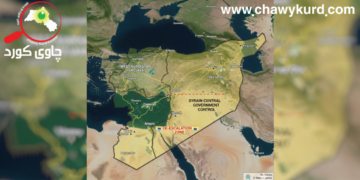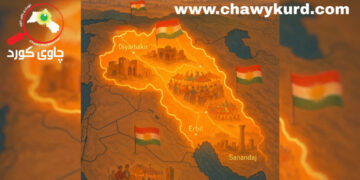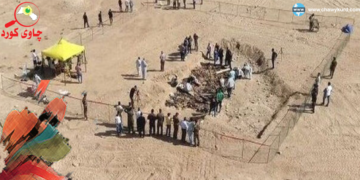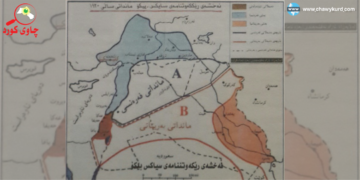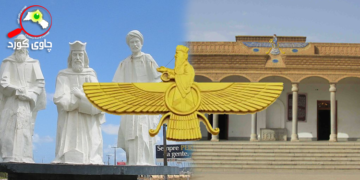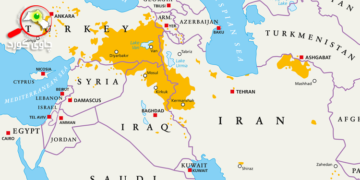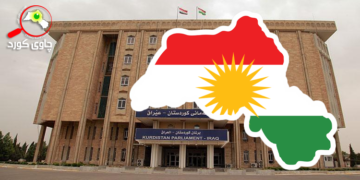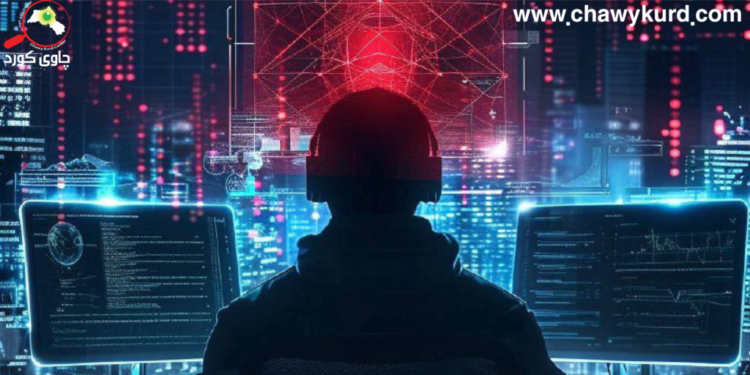The advent of globalization and the development of communications, along with its positive aspects of accelerating the process of exchanging data and ideas, have led the world towards the electronic village that Marshal Macluhan (1911-1980) predicted; with some dangerous phenomena brought the most prominent Cyber terrorism is a threat to the security and peace of human society. The case of terrorism is one of the crimes that have changed its form within technological advancement in each new stage and development; different measures are used for terrorist threats and acts and are constantly in the process of self-production. Even now, the latest form of cyber terrorism, using the latest communication technology, attempts to commit crimes that are considered to violate the principles of security of human society according to international standards.
Although the study of terrorism varies according to its model and characteristics, but the phenomenon of cyber terrorism, which after the end of the ISIS war, in an organized and directed, as a new wave of terrorism in the Kurdistan Region and regional countries requires research into the factors and dimensions of the outbreak, focusing on the commission of the crime. The emergence of terrorism through cyber terrorism is influenced by the situation in the Kurdistan Region, and to a large extent depends on the new developments in the global political system and the Middle East from an academic point of view to do.
The first theme; Concepts and Characteristics of Cyber terrorism and its emergence in Kurdistan”
Cyber terrorism as a new form of cyber warfare has a direct impact on the international system and all states that are engaged in consolidating peace and stability in their countries. From this perspective, since the emergence of this concept, its definition and characteristics have been discussed in several dimensions. This new form of terrorism was first used in the 1980s by security expert Barry Collin, in a study presented in California, USA, defined this new concept of terrorism and a study of its impact on human society presented. “Mark Pollitt” (Mark Pollitt) in a definition, believes that cyber terrorism means: a deliberate attack with a political goal that is against the management system of information institutions, and has effective consequences.
History of Cyber Terrorism“
The rise of cyber terrorism coincides with the invention of the Internet, in other words, with each technological innovation, there are many threats to human security, most of which are predictable or suspicious.
During the 1970s and 1980s, especially in increasing in international conflicts due to the Cold War, the heating up of competition between the Cold War powers and other countries such as Japan, China and Israel, the threat of organized terrorism and the lack of support from the major powers is even more dangerous It threatened the peace process of the international community.
Several factors have contributed to the spread of cyber terrorism
The first is; the establishment of al-Qaeda as the world’s largest terrorist organization in the heat of the Cold War conflict between the Soviet Union and the United States created more ground for cyber terrorism. Al-Qaeda was in its infancy in Sudan, where it formed the Taliban state after merging with Afghan Arabs and migrating to Afghanistan.
The second is; on 9/11, when the biggest clash of the terror front with Western civilization occurred, the prolongation of the war widely spread to the electronic world and became the biggest factor in preventing cyber terrorism in various models. At the Iraqi level, the establishment of ISIS as an offshoot of al-Qaeda in Iraq has led to another wave of cyber terrorism in the country, whose threats have threatened the security of the Kurdistan Region.
The second theme; Types of Cyber terrorism Crimes and Countermeasures”
Cyber terrorism takes various methods to accomplish its tasks in order to adapt to the circumstances that arise. In other words, the form of cyber terrorism changes according to the opportunities available to it. From this point of view, any attack and attempt to disrupt security and peace in the Kurdistan Region falls under this terrorist crime.
The most obvious types of cyber terrorism are:-
- Psychological warfare: Rumor and propaganda are an ancient tool of psychological warfare, always used in various ways to destroy the peace and living conditions of human society. According to an expert in the field, now is considered to be (soft power) that affects the system and economic, social and political needs of any country.
- Terrorism Communication Network: Over the past two decades, strict measures have been implemented at the international level and within the jurisdiction of the countries affected by terrorism attacks. This counter-terrorism strategy has narrowed the boundaries of activities and communication methods between the networks of the terrorist front, but has not been able to completely eliminate their threats directing them to terrorist activities.
- Damage to data systems and electronic programs: A strategic goal of cyber terrorism is to use electronic networks to destroy, disable or steal digital data and disrupt data programs belonging to a society or military institution. An important factor that has made cyber terrorism a dangerous threat to any country’s institutions is the process of its implementation, which can carry out dangerous acts in a short time and very quickly with the least budget. Of course, the more complex and intensive any cyber-attack, the more budget and capacity it requires preventing damage.























